Your Indian garden grand canyon history images are available. Indian garden grand canyon history are a topic that is being searched for and liked by netizens now. You can Find and Download the Indian garden grand canyon history files here. Get all free photos and vectors.
If you’re searching for indian garden grand canyon history pictures information linked to the indian garden grand canyon history interest, you have pay a visit to the right site. Our site always gives you suggestions for refferencing the maximum quality video and image content, please kindly hunt and find more informative video content and graphics that fit your interests.
Indian Garden Grand Canyon History. A small creek passes through on its way to the colorado river. This backcountry area has a complex cultural history spanning thousands of years, serving as a homeland and transportation, utility, and recreation corridor for inhabitants, park managers, and. Modern tribes still consider grand canyon their homeland. In the early days of tourism, visitors rode down on mules and stopped at indian garden for a meal and rest.
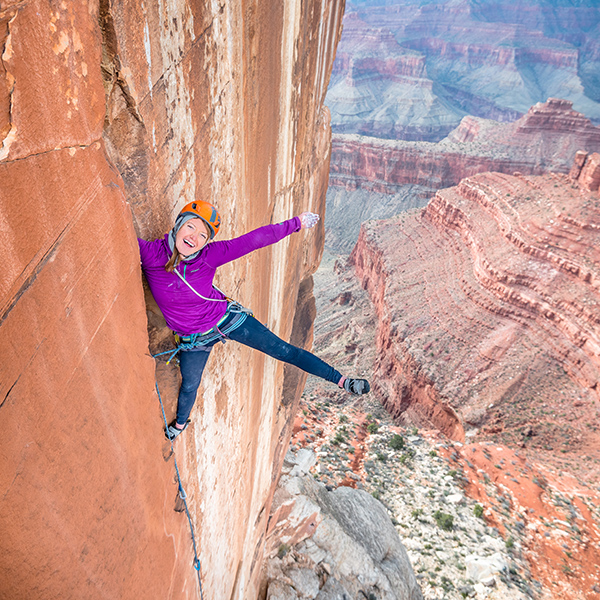 Indian Garden Campground - Grand Canyon Grand Canyon Trust From grandcanyontrust.org
Indian Garden Campground - Grand Canyon Grand Canyon Trust From grandcanyontrust.org
Right behind the bright angel trailhead is a mule pen used on the trail. These mules take people down to indian garden for a day trip and to phantom ranch for an overnight trip. This backcountry area has a complex cultural history spanning thousands of years, serving as a homeland and transportation, utility, and recreation corridor for inhabitants, park managers, and. The trail descends along an ancient native american route following the bright angel fault line down to indian garden campground, our home for the next 2 nights. By 1903, it was the realm of the havasupai indians, who allowed pioneer ralph cameron to build tent cabins at the spot. The presence of havasupai families, who cultivated food and livelihoods from the area’s fault directed water, led to 19th century europeans calling this place, “indian garden. the existence of these families also led to the anger of american entrepreneurs who sought to.
Right behind the bright angel trailhead is a mule pen used on the trail.
23 and continuing into may 2020. This beginner’s grand canyon hiking tour begins at the south rim of the grand canyon and the bright angel trailhead. This backcountry area has a complex cultural history spanning thousands of years, serving as a homeland and transportation, utility, and recreation corridor for inhabitants, park managers, and. These mules take people down to indian garden for a day trip and to phantom ranch for an overnight trip. A small creek passes through on its way to the colorado river. In the early days of tourism, visitors rode down on mules and stopped at indian garden for a meal and rest.
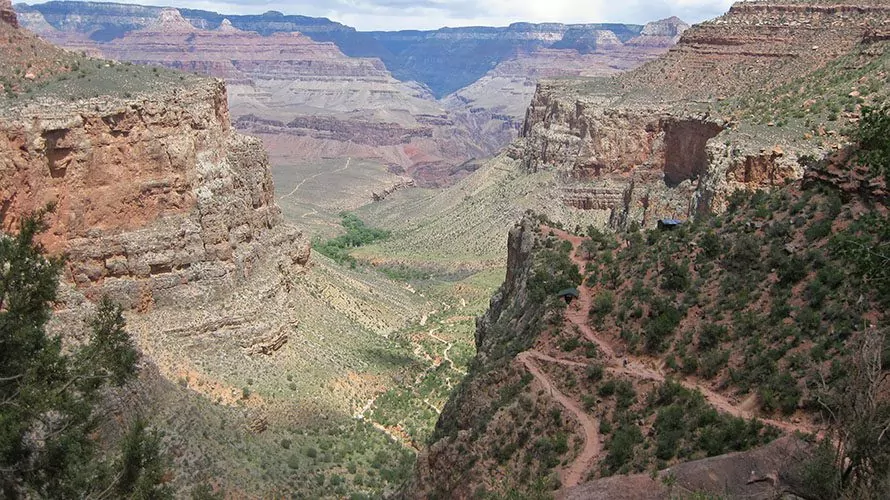 Source: wildlandtrekking.com
Source: wildlandtrekking.com
Ancient puebloans and cohoninas made the grand canyon their home during the formative period (a.d. It’s much the same today (minus the tent cabins) for hikers and mule riders navigating the canyon’s most popular trail. Drawn to the creek, native americans lived here for thousands of years before hikers and backpackers discovered this special place. Walking down to indian garden is easy. In the early days of tourism, visitors rode down on mules and stopped at indian garden for a meal and rest.
 Source: hikingguy.com
Source: hikingguy.com
Indian gardens—former site of havasupai farms. The last 3 1/2 miles seem to go on forever. The construction will require visitors to use a marked bypass trail around the construction site along the bright angel trail. These mules take people down to indian garden for a day trip and to phantom ranch for an overnight trip. When grand canyon national park was established in 1919, the havasupai were forcibly evicted from their homes, which included the area referred to as indian garden, and were restricted to an area called supai camp.
 Source: grcahistory.org
Source: grcahistory.org
The ancestral puebloan people have lived in and around the canyon for several thousand years, leaving behind dwellings, garden sites, food storage areas, and artifacts. In the early days of tourism, visitors rode down on mules and stopped at indian garden for a meal and rest. Indian garden in 1970 (grand canyon national park staff 1971). This human history was not recorded in. Scientists estimate the canyon may have formed 5 to 6 million years ago when the colorado river began to cut a.
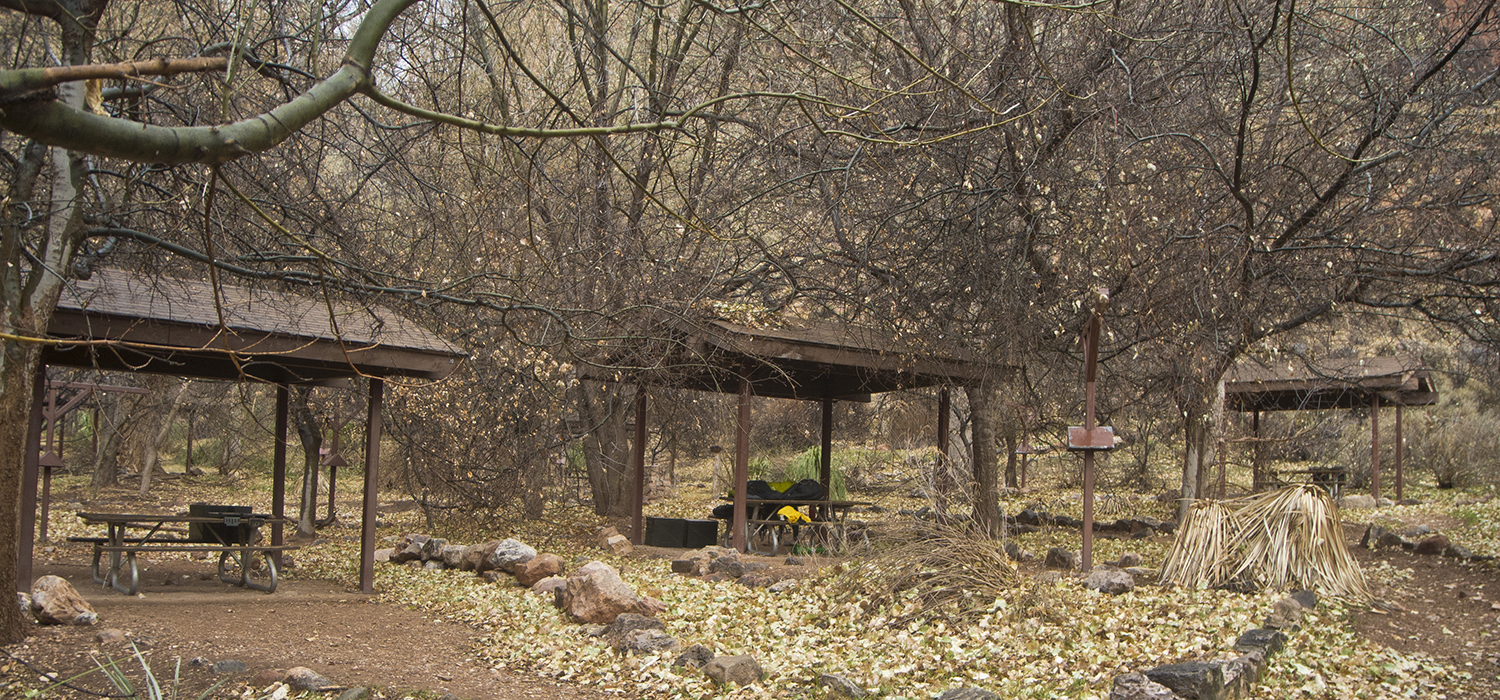 Source: grandcanyontrust.org
Source: grandcanyontrust.org
Modern tribes still consider grand canyon their homeland. In 1908 the grand canyon was declared a national monument, and by 1919 it had received national park status. Right behind the bright angel trailhead is a mule pen used on the trail. The ancestral puebloan people have lived in and around the canyon for several thousand years, leaving behind dwellings, garden sites, food storage areas, and artifacts. 23 and continuing into may 2020.
 Source: grandcanyontrust.org
Source: grandcanyontrust.org
In the early days of tourism, visitors rode down on mules and stopped at indian garden for a meal and rest. By the late 1800s and early 1900s, visitors were arriving in large numbers by train. These mules take people down to indian garden for a day trip and to phantom ranch for an overnight trip. Environmental impact was lessened with this project by burying the pipeline, building. Year round availability of water from garden creek made this the first inner canyon source of water for the south rim.
 Source: grcahistory.org
Source: grcahistory.org
Work started in 1903 “hacking out some rock and vegetation. There are picnic tables, large trees, and water at indian garden. This oasis stands in stark contrast to the surrounding desert badlands. This human history was not recorded in. This backcountry area has a complex cultural history spanning thousands of years, serving as a homeland and transportation, utility, and recreation corridor for inhabitants, park managers, and.
 Source: pinterest.com
Source: pinterest.com
Right behind the bright angel trailhead is a mule pen used on the trail. This human history was not recorded in. Indian garden in 1970 (grand canyon national park staff 1971). Grand canyon national park indian garden. The presence of havasupai families, who cultivated food and livelihoods from the area’s fault directed water, led to 19th century europeans calling this place, “indian garden. the existence of these families also led to the anger of american entrepreneurs who sought to.
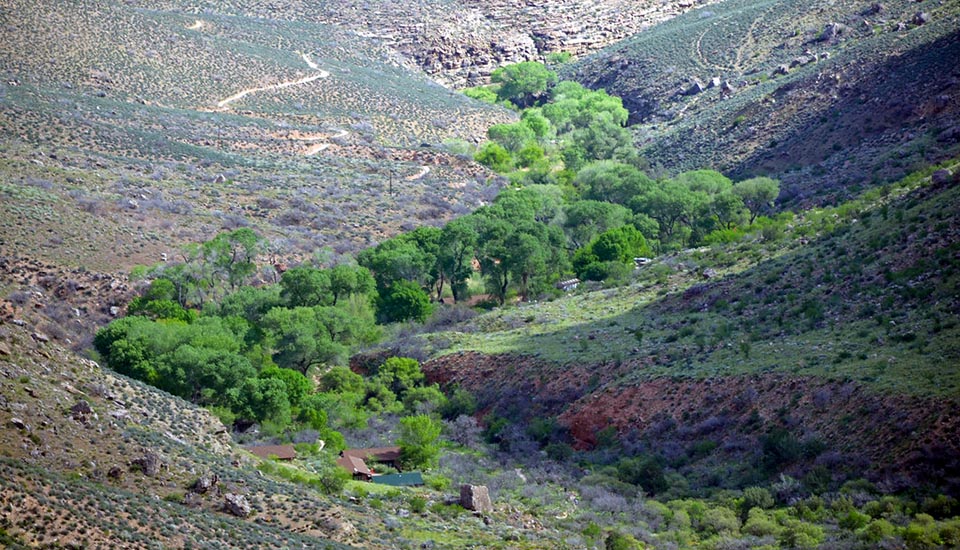 Source: nps.gov
Source: nps.gov
The construction will require visitors to use a marked bypass trail around the construction site along the bright angel trail. This backcountry area has a complex cultural history spanning thousands of years, serving as a homeland and transportation, utility, and recreation corridor for inhabitants, park managers, and. Environmental impact was lessened with this project by burying the pipeline, building. To camp in this campground you must obtain first a backcountry permit. This beginner’s grand canyon hiking tour begins at the south rim of the grand canyon and the bright angel trailhead.
 Source: grcahistory.org
Source: grcahistory.org
By 1903, it was the realm of the havasupai indians, who allowed pioneer ralph cameron to build tent cabins at the spot. Indian garden campground (cig), located along the bright angel trail, is a beautiful riparian area filled with cottonwood trees. For over a century ,mules have been hauling gear, supplies, and people in and out of the grand canyon. Grand canyon national park indian garden. The trail descends along an ancient native american route following the bright angel fault line down to indian garden campground, our home for the next 2 nights.
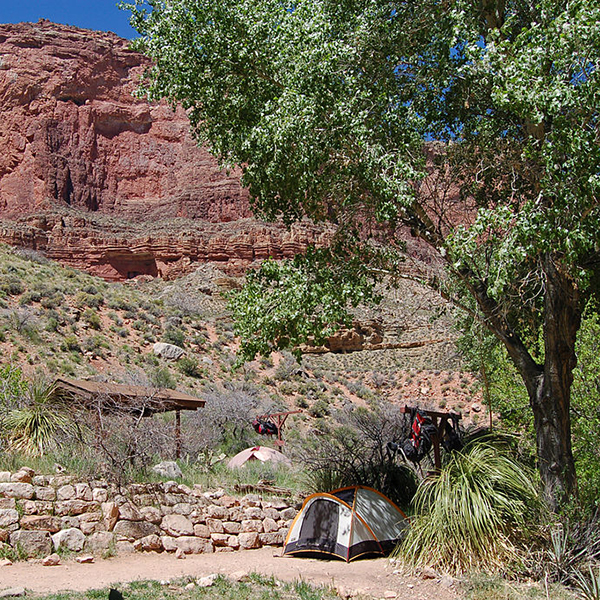 Source: grandcanyontrust.org
Source: grandcanyontrust.org
A small creek passes through on its way to the colorado river. Upon reaching camp, feel free to relax by the nearby creek. Indian garden campground (cig), located along the bright angel trail, is a beautiful riparian area filled with cottonwood trees. The grand canyon region has been home to humans for more than 13,000 years. The construction will require visitors to use a marked bypass trail around the construction site along the bright angel trail.
 Source: hitthetrail.com
Source: hitthetrail.com
The construction will require visitors to use a marked bypass trail around the construction site along the bright angel trail. Indian garden in 1970 (grand canyon national park staff 1971). Right behind the bright angel trailhead is a mule pen used on the trail. The construction will require visitors to use a marked bypass trail around the construction site along the bright angel trail. Located just off bright angel trail, hikers and mule trains now stop at.
 Source: nhonews.com
Source: nhonews.com
These mules take people down to indian garden for a day trip and to phantom ranch for an overnight trip. In the early days of tourism, visitors rode down on mules and stopped at indian garden for a meal and rest. When grand canyon national park was established in 1919, the havasupai were forcibly evicted from their homes, which included the area referred to as indian garden, and were restricted to an area called supai camp. The presence of havasupai families, who cultivated food and livelihoods from the area’s fault directed water, led to 19th century europeans calling this place, “indian garden. the existence of these families also led to the anger of american entrepreneurs who sought to. Grand canyon national park indian garden.
 Source: hikingguy.com
Source: hikingguy.com
It’s much the same today (minus the tent cabins) for hikers and mule riders navigating the canyon’s most popular trail. In 1908 the grand canyon was declared a national monument, and by 1919 it had received national park status. By the late 1800s and early 1900s, visitors were arriving in large numbers by train. Scientists estimate the canyon may have formed 5 to 6 million years ago when the colorado river began to cut a. The corridor trail system of grand canyon national park (arizona) is one of the most popular and heavily visited backcountry destinations in the national park system today (figs.
 Source: grcahistory.org
Source: grcahistory.org
This backcountry area has a complex cultural history spanning thousands of years, serving as a homeland and transportation, utility, and recreation corridor for inhabitants, park managers, and. This beginner’s grand canyon hiking tour begins at the south rim of the grand canyon and the bright angel trailhead. By 1903, it was the realm of the havasupai indians, who allowed pioneer ralph cameron to build tent cabins at the spot. This backcountry area has a complex cultural history spanning thousands of years, serving as a homeland and transportation, utility, and recreation corridor for inhabitants, park managers, and. The grand canyon region has been home to humans for more than 13,000 years.
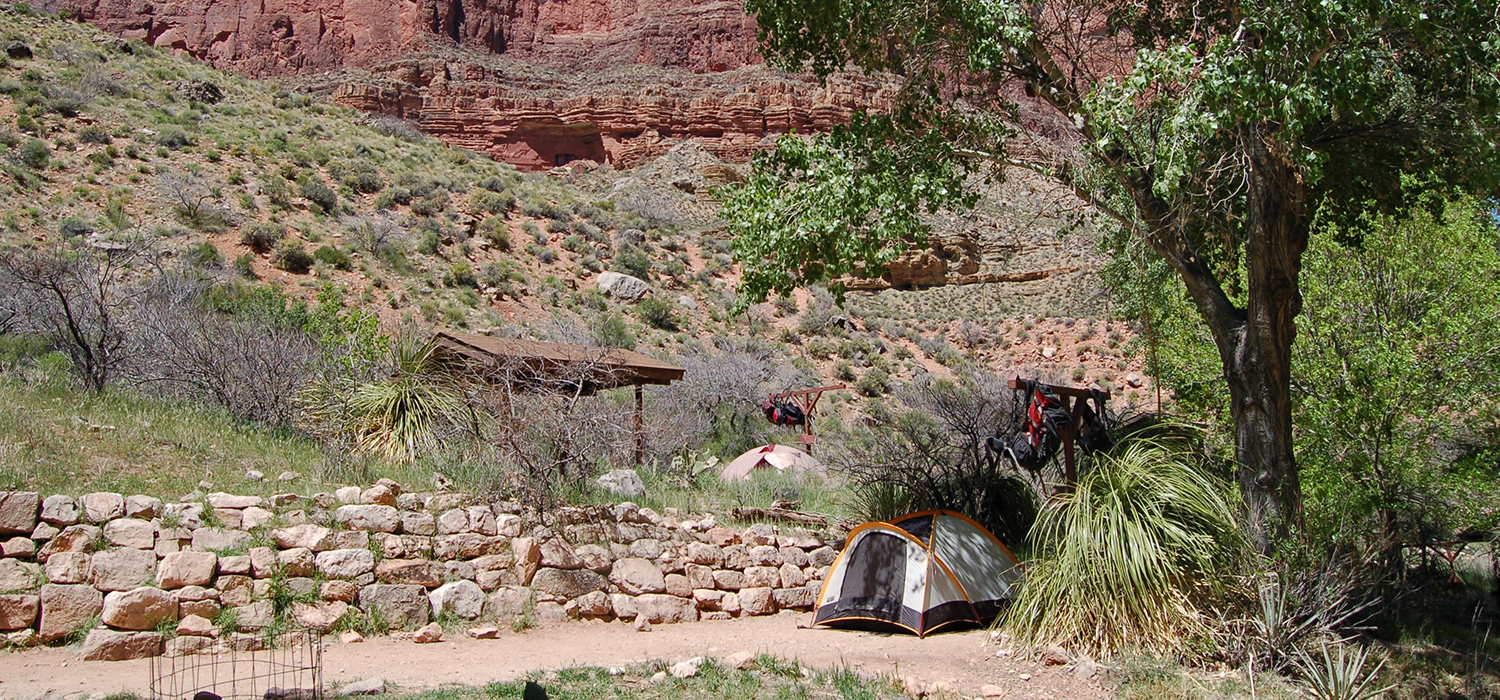 Source: grandcanyontrust.org
Source: grandcanyontrust.org
The trail descends along an ancient native american route following the bright angel fault line down to indian garden campground, our home for the next 2 nights. The climb up to the rim top can be very strenuous if you are not an experienced climber. Indian garden in 1970 (grand canyon national park staff 1971). This beginner’s grand canyon hiking tour begins at the south rim of the grand canyon and the bright angel trailhead. In the early days of tourism, visitors rode down on mules and stopped at indian garden for a meal and rest.
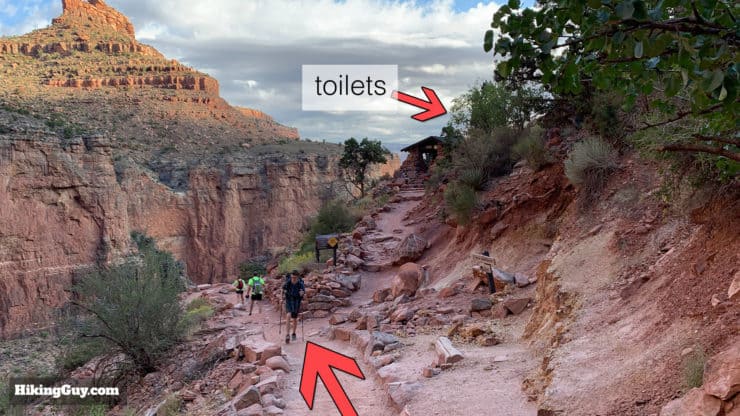 Source: hikingguy.com
Source: hikingguy.com
The last 3 1/2 miles seem to go on forever. For over a century ,mules have been hauling gear, supplies, and people in and out of the grand canyon. These mules take people down to indian garden for a day trip and to phantom ranch for an overnight trip. However, it was not until 1928 that the havasupai finally left indian garden, forced out by the national park service. Indian gardens—former site of havasupai farms.
 Source: youtube.com
Source: youtube.com
Walking down to indian garden is easy. Work started in 1903 “hacking out some rock and vegetation. Indian garden in 1970 (grand canyon national park staff 1971). Environmental impact was lessened with this project by burying the pipeline, building. However, it was not until 1928 that the havasupai finally left indian garden, forced out by the national park service.
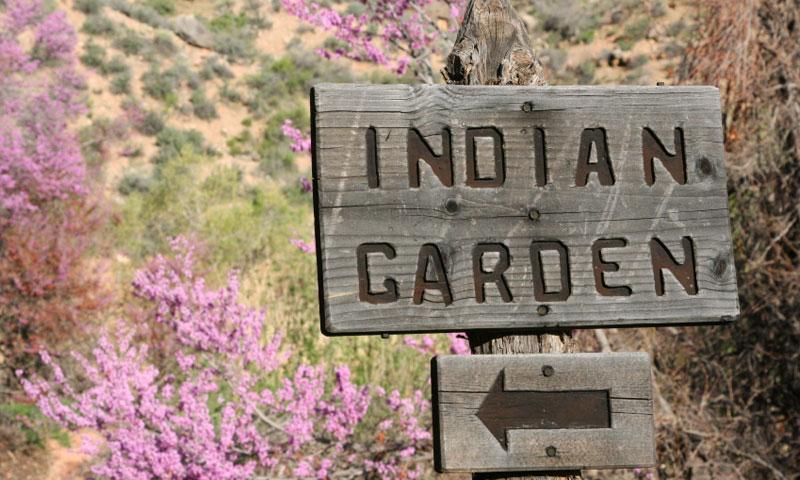 Source: allgrandcanyon.com
Source: allgrandcanyon.com
Indian gardens—former site of havasupai farms. It’s much the same today (minus the tent cabins) for hikers and mule riders navigating the canyon’s most popular trail. Ancient puebloans and cohoninas made the grand canyon their home during the formative period (a.d. Scientists estimate the canyon may have formed 5 to 6 million years ago when the colorado river began to cut a. A small creek passes through on its way to the colorado river.
This site is an open community for users to submit their favorite wallpapers on the internet, all images or pictures in this website are for personal wallpaper use only, it is stricly prohibited to use this wallpaper for commercial purposes, if you are the author and find this image is shared without your permission, please kindly raise a DMCA report to Us.
If you find this site helpful, please support us by sharing this posts to your preference social media accounts like Facebook, Instagram and so on or you can also bookmark this blog page with the title indian garden grand canyon history by using Ctrl + D for devices a laptop with a Windows operating system or Command + D for laptops with an Apple operating system. If you use a smartphone, you can also use the drawer menu of the browser you are using. Whether it’s a Windows, Mac, iOS or Android operating system, you will still be able to bookmark this website.








